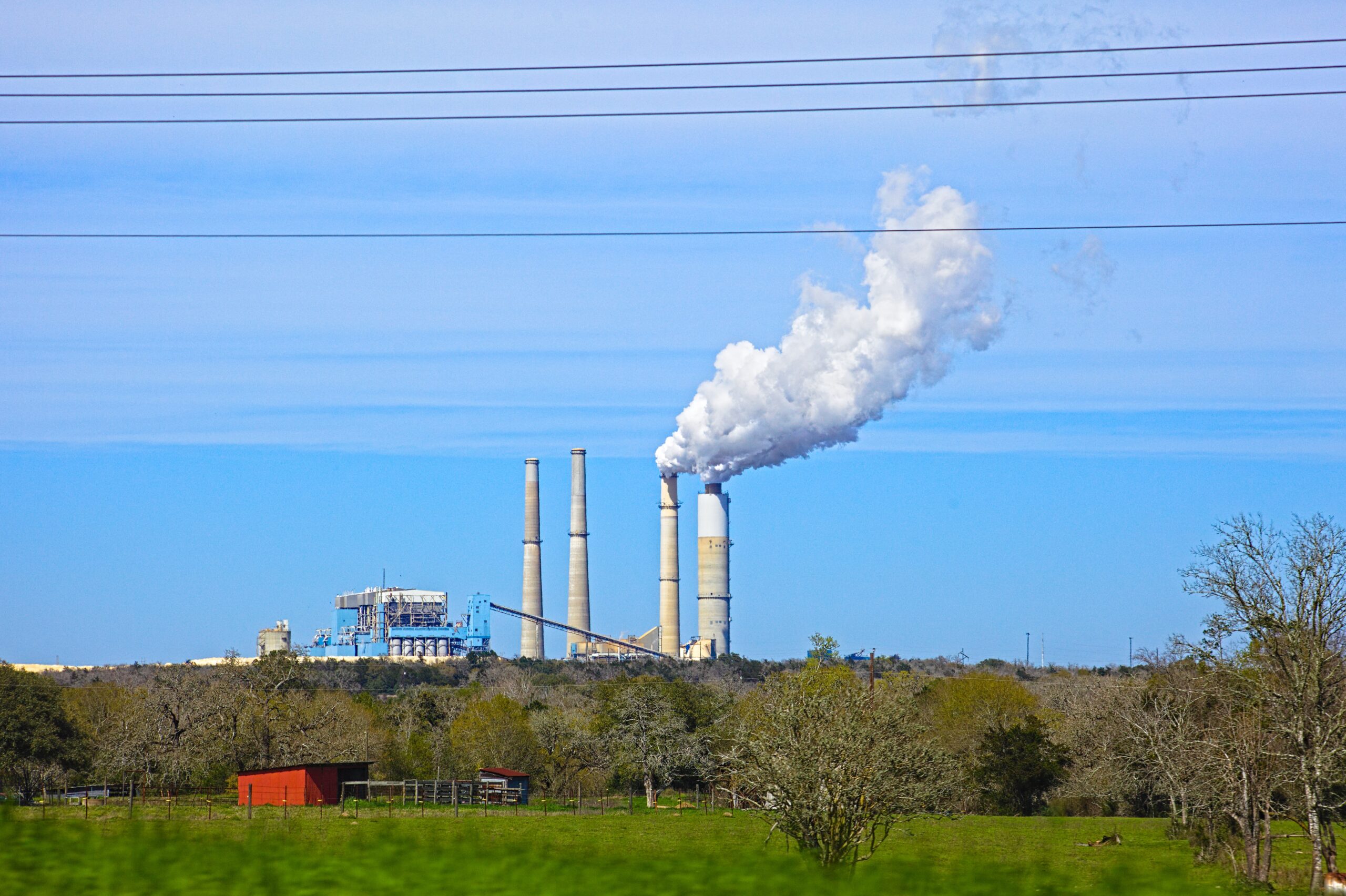The report has warned that there would be a rise in extreme weather events, particularly spells of heavy rain if global emissions are not curbed
RH Desk
December 2
Peak summer temperatures in over two-thirds of India’s districts rose by up to 0.9°C between 1990 and 2019, a new report has said.
The report published last week and titled “Climate Atlas of India: District-Level Analysis of Historical and Projected Climate Change Scenarios”, has also warned that there would be a rise in extreme weather events, particularly spells of heavy rain if global emissions are not curbed.
The researchers in the report analyzed historical trends in summer maximum and winter minimum temperatures, and rainfall in the three decades between 1990 and 2019.
According to the report, average maximum temperatures between March and May rose by up to 0.9°C in 2019 in 70% of the districts in 28 states, when compared to 1990.
The report which has provided a rare and granular look at how and where the climate crisis is unfolding in India has also predicted a “warmer and wetter future” for almost the whole of India in the short term future between 2021 and 2050, a period it called as the 2030s, according to the English daily The Hindustan Times.
The report has put districts in Manipur at the highest risk of warming with a maximum rise of 2 to 2.5°C in districts such as Bishnupur, Churachandpur, Chandel, and Noney in a moderate emission scenario up to 2030s.
In 2020, India’s ministry of earth sciences found country’s average temperature rose by around 0.7 degrees Celsius between 1901 and 2019.




